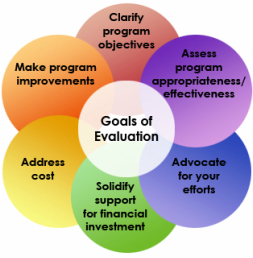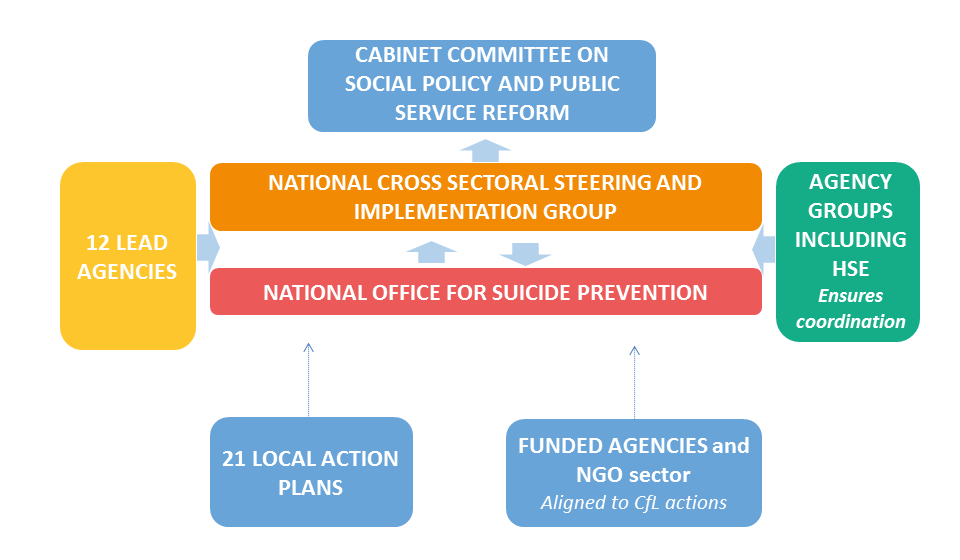
Ehr Electronic Health Record Vs Emr Electronic Medical
Health It Evaluation Toolkit And Evaluation Measures Quick


Differences Between Ehr Vs Emr And Why It Matters
The healthcare industry relies on using electronic data to streamline and improve medical services now more than ever. “electronic health records (ehr)”, a specific method of healthcare data collection, is often used interchangeably with “electronic medical records (emr)”. in fact, this is so common that most ehr solutions are often advertised as emr as well, especially since both. 2014-10-28 ~national examiner: obama's digital health records effort may be opinion: true the vote v irs 2014-10-22 ~state-co project veritas:
How To Implement An Electronic Health Records System Businessnewsdaily Com
We proposed to define "health plan" essentially as section 1171(5) of the act defines it. section 1171 of the act refers to several definitions in section 2791 of the public health service act, 42 u. s. c. 300gg-91, as added by public law 104. Electronic health records implementation: an evaluation of information system impact and contingency factors. this review confirms the potential of this technology to aid patient care and clinical documentation; for example, in improved documentation quality, increased administration efficiency, as well as better quality, safety and coordination of care. Electronic medical records (emrs) are a digital version of the paper charts in the clinician’s office. an emr contains the medical and treatment history of the patients in one practice. an emr contains the medical and treatment history of the patients in one practice. An electronic health record (ehr) is also a digital version of a patient chart, but it is a more inclusive snapshot of the patient’s medical history. electronic health records are designed to be shared with other providers, so authorized users may instantly access a patient’s ehr from across different healthcare plan for evaluating success of implementing a health information system providers.
You have to keep records on all of your patients if you want to be a doctor. that’s a given. but whether you use electronic health records (ehr) software or paper-based medical records is (and has always been) a huge decision that every practitioner has to make for themselves.. you already know what you have to do to securely store paper medical records and the pros and cons for both paper. Ehr electronic health record if an emr is a snapshot of a patient’s medical history, the ehr is the whole movie. ehrs are reliant on emrs and are essentially built over time, pulling in all the data about a patient’s medical history, including: shareability is the greatest strength and benefit of electronic health records. Ehr, which means 'electronichealthrecords software', is similar to emr. however, the main difference between ehr and emr is that ehr systems offer much more. ehr systems collect information about patients from multiple sources, such as hospitals, physicians, labs, and patients.
In order to implement a new financial management solution, you need excellent project management, expert subject matter experts, executive support, and a great plan. there is one more thing you need. by john hoebler, contributor, cio the. Evaluating the selection criteria and implementation plan of an ehr system, intending interoperability, confidentiality, availability, and integrity of the patient health information data, while ensuring timely, accurate, and regulatory compliant generation of reports is a critical task. Cost: electronic medical record programs are expensive-in the millions. organizations must purchase the software and train hundreds of staff in its use. technical malfunctions: any healthcare worker can plan for evaluating success of implementing a health information system attest to the crippling effect of technical difficulties with emrs. when the system goes down, it's like the apocalypse.
The best electronic medical record (emr) software of 2021 named the 1 ehr according to physician-users. software advice by gartner, the world's leading research and advisory company featuring online reviews of electronic heath records, ranked praxis emr number one in usability and customer satisfaction. See more videos for electronic health records vs emr. Compared to electronic medical records (emr), which are electronic paper charts for a patient within a particular physician’s office, electronic health records go above and beyond. ehr is meant to give information about the patient’s health history beyond a single plan for evaluating success of implementing a health information system clinical setting to give a broader scope of the patient’s health care.
Configuring the system can be complex and requires a team that includes practicing clinicians to ensure the technology properly supports safe, effective clinical processes and complements efficient workflows. successful implementation involves assessing multiple aspects of communication within and outside the health it system, the integration of its components with one another and its interaction not only with other technology but also the people, processes, and culture of the organization. An electronic medical record (emr) is a single practice’s digital version of a patient’s chart. an emr contains the patient’s medical history, diagnoses and treatments by a particular physician, nurse practitioner, specialist, dentist, surgeon or clinic. emrs offer several advantages over paper records: better data tracking over time. Some people use the terms “electronic medical record” and “electronic health record” (or “emr” and “ehr”) plan for evaluating success of implementing a health information system interchangeably. but here at the office of the national coordinator for health information technology (onc), you’ll notice we use electronic health record or ehr almost exclusively.
Electronic medical records. electronic medical records (emrs) are digital versions of the paper charts in clinician offices, clinics, and hospitals. emrs contain notes and information collected by and for the clinicians in that office, clinic, or hospital and are mostly used by providers for diagnosis and treatment. Electronic medical records (emrs) are digital versions of the paper charts in clinician offices, clinics, and hospitals. emrs contain notes and information collected by and for the clinicians in that office, clinic, or hospital and are mostly used by providers for diagnosis and treatment. emrs are more valuable than paper records because they enable providers to track data over time, identify patients for preventive visits and screenings, monitor patients, and improve health care quality. How do you know if health information you read can be trusted? evaluating health information helps you know if the source is reliable. learn more. millions of consumers get health information from magazines, tv or the internet. some of the. Protect patient health information from being read by unauthorized parties when it is transmitted, or stored on any device, including mobile devices. hipaa compliance docengage, a hipaa compliant software that ensures you safe & secure access to patient records with high level measures for information sharing, audit & security.

• each team member’s role in the implementation of the health information system • each team member’s expertise and how it contributes to the success of the project d. discuss your plan for evaluating the success of the implementation of a system by incorporating two professional organization standards. Evaluating your electronic health record (ehr) implementation is a critical ehr implementation step. conducting a post-implementation evaluation will enable your practice to continue improving workflows, achieve your goals and needs, and realize the benefits of ehrs. during your post-implementation evaluation, you should check that the practice/hospital/health center team is still intact and that workflows are running smoothly, with few workarounds. Implementing an electronic health record system can be an arduous process. ensuring it's done right, though, could make a big difference for your practice. product and service reviews are conducted independently by our editorial team, but w.
This workbook will help public health program managers, administrators, and evaluators develop an effective evaluation plan in the context of the planning process. plan for evaluating success of implementing a health information system developing an effective evaluation plan the purpose of this workbook is to h.
This toolkit, which was designed to help project teams develop an evaluation plan of their health it project, consists of three sections: section i outlines a step-by-step process for a team to determine what the goals of a given project are, what is important to their stakeholders, what needs to be measured to satisfy those stakeholders, what is truly feasible to measure, and how to measure those items. Stakeholders the project will be successfully implemented and will meet the organization needs. d. plan for evaluating success of implementing a system for the success of as system, several professional health organizations are available to support nursing informatic initiatives and provide ehr standards (acrobatiq 2016). An ehr and an emr vary greatly, although many use the terms ehr and emr interchangeably. an emr (electronic medical record) is a digital version of a chart with patient information stored in a computer and an ehr (electronic health record) is a digital record of health information. differences between ehr and emr. Electronic medical records and electronic health records reduce the risk of under reading, resulting in improved accuracy of diagnosis and lower costs. one study in the american journal of roentgenology implied that complete information through electronic record systems could reduce the cost of radiologist review by 16 percent.